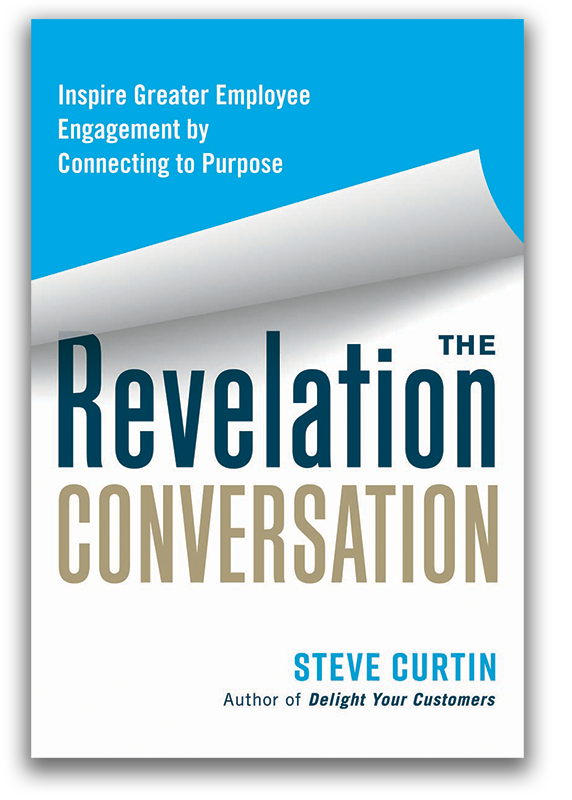 Last week, I emailed a file to a local office supply store that offers printing services. In the message, I included a request to be contacted regarding pricing and an estimated completion time.
Last week, I emailed a file to a local office supply store that offers printing services. In the message, I included a request to be contacted regarding pricing and an estimated completion time.
A couple of hours later, since I had yet to hear back, I decided to phone the store:
Me: “Hello. I’m just calling to follow up on a job that I emailed to your print services department. Is someone from that area available?”
Employee: “No. They’ve all left for the day.” (Avoid saying “no” to customers. An alternative might have been, “I’m sorry. Our print services staff has left for the day. Is there something I may be able to help you with?” Many businesses could learn from the example of Apple Stores and cross-utilize staff. There’s no reason why a store employee cannot access the print services department’s computer and determine a job’s status in the four hours that remain between the closing of print services and the closing of the store. In fact, store hours don’t even need to be a factor. FedEx Office (formerly FedEx Kinko’s) offers its customers 24 hour online access to print job submission, proofing, payment, and shipping/delivery with real-time status updates.)
Me: “What time will someone from print services be in tomorrow morning?”
Employee: “Someone is usually in at 9:00 am. Why don’t you call back then?” (“Usually” does not instill confidence and, if it can be avoided, customers should not be asked to call back. The employee could have easily taken my name and number and passed it along to the incoming member of the print services department.)
Me: Okay. I’ll call back in the morning.”
The next morning (after not hearing back from anyone in print services), I placed another call:
Me: “Hello. I’m calling to check on a printing job. Is someone from that department in this morning?”
Employee: “Yes, but he’s with a customer.” (Avoid saying “but” to a customer. Whenever possible, substitute the conjunction “although” or “and” in place of “but” for a softer tone. Here’s how it might be worded: “Yes, although he’s with a customer at this time. May I take your name and number and ask him to return the call within the next 5 minutes?”)
Me: “Okay. I emailed a file that I need to have printed in order to pick up this morning. I requested to be contacted before running the job and haven’t heard back from anyone. Could you tell me, is it their practice to check messages first thing?”
Employee: “Typically.” (“Typically” does not convey confidence. It’s kind of like hearing “sort of,” “maybe,” “probably,” “I’ll try,” or “I think so.” There’s not much confidence associated with these types of responses.)
In the book Up The Loyalty Ladder by Murray Raphel, the author cites a nationwide survey of buyers across the United States who were asked the question, “Why do you buy where you buy?” And no, the number one answer was not price. The number one reason people buy where they buy is confidence. Confidence in the business—the people, the products, and services.
The other reasons, in order, were: quality, selection, service, and then price.
People want to shop where they feel they will be taken care of, where the quality of the product is consistent, and where what you promise is what you deliver.
Are your front line service providers communicating the confidence your customers are looking for?

